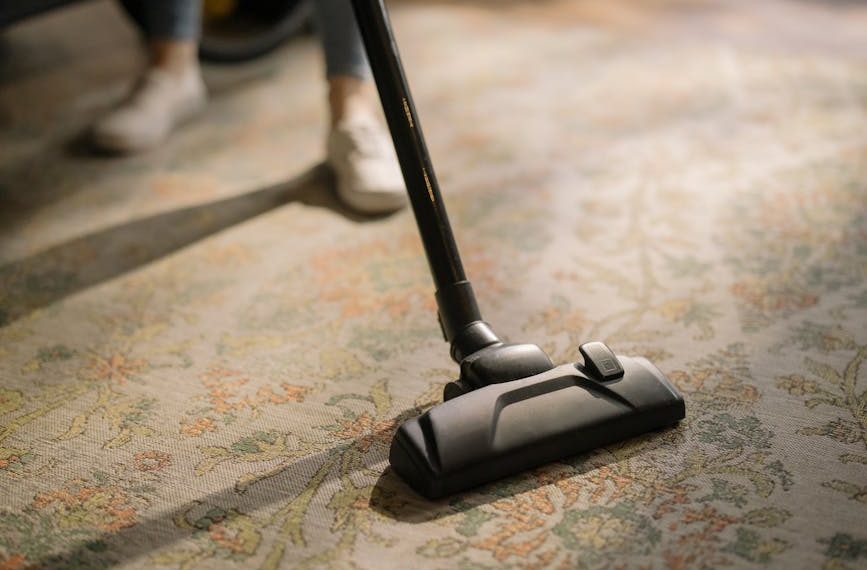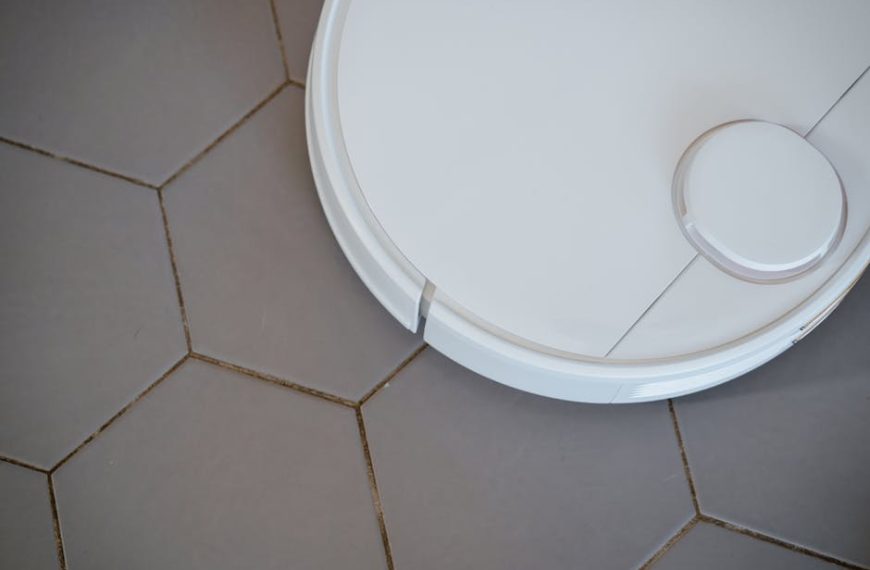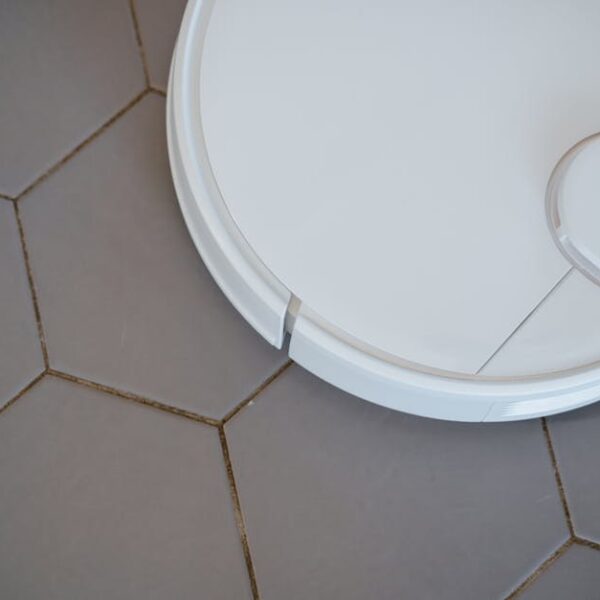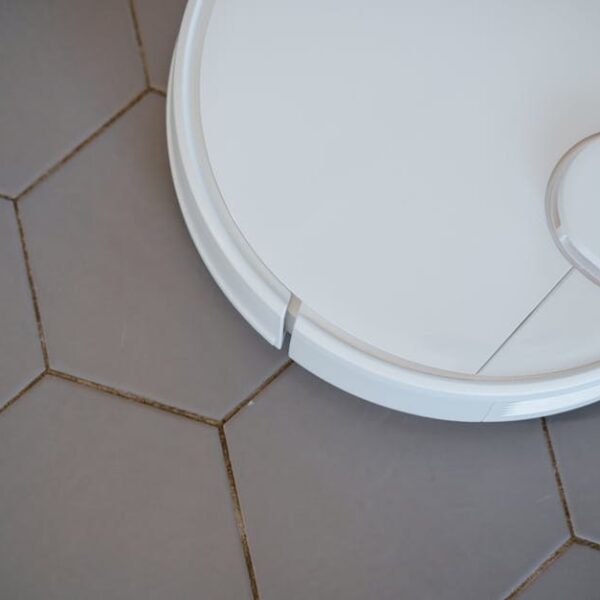Yes, you can vacuum salt, but it’s not always the best cleaning method for all situations, and it could potentially cause damage to your vacuum cleaner or carpets. Considering both rock and table salt, vacuuming requires certain precautions and awareness of the kind of vacuum cleaner you’re using to prevent any harm to your cleaning tool and to efficiently get rid of the mess.
Potential Damage to Vacuum from Salt
Using a vacuum cleaner to pick up salt particles, whether it’s the fine texture of table salt or the thicker granules of rock salt, poses a certain degree of risk to the durability of your vacuum. The sharp, abrasive nature of rock salt can scratch and damage certain internal mechanisms of the vacuum cleaner, while the small, dust-like particles of table salt can infiltrate deeper parts such as the motor, leading to potential burnout.
Pro Tips:
- Never vacuum larger particles of rock salt without a prior manual clean-up.
- Limit the amount of salt you vacuum at once to avoid overload.
- Regular vacuum maintenance is crucial, especially when frequently dealing with salt spills.
Best Practices:
- Start by manually cleaning up, preferably with brooms and dustpans.
- After containing most of the spill, start vacuuming from the periphery towards the center, ensuring that no salt spreads further out of the affected zone.
- Regularly empty and clean your vacuum’s dirt container and check for any visible wear and tear.
The Effect of Salt on Carpet Fibers
Another consideration is the effect of salt on your carpet fibers. While salt is often used as a DIY cleaning solution, its improper or prolonged contact can cause damage. Both rock salt and table salt can cause discoloration and can stiffen the texture of the carpet over time, making it feel crusty to touch.
List of Common Damages:
- Discoloration or fading
- Texture alteration
- Residue buildup
- Salt stains on certain types of carpet
Cleaning Precautions Before Vacuuming Salt
Before vacuuming salt off your carpets, there are several steps to take to avoid damaging your vacuum and carpet. An important step is to manually remove as much salt as possible, focusing especially on rock salt that could harm your vacuum.
Checklist:
- Identify the type of salt you’re dealing with.
- Commence with immediate manual clean-up.
- Discern the type and color of your carpet to estimate the potential damage.
- Carefully vase the area, sweeping from the edges towards the center.
Alternative Methods of Salt Removal
Preferably, large amounts of salt and particularly rock salt should be dealt with using alternative methods rather than vacuuming. Whether you use a good old broom and dustpan, an absorbent towel, or even salt-neutralizing products depends a lot on the size and location of the salt spill.
Pro’s and Cons:
- Traditional sweeping is time-consuming but doesn’t risk vacuum damage.
- Absorbent towels can be a safe way to contain the spill, but they may not efficiently collect all the salt.
- Salt-neutralizing products can be expensive but are optimal for larger surfaces.
Choosing the Right Vacuum for Salt
Remember, not all vacuums are created equal, especially when it comes to picking up salt. A good salt-handling vacuum cleaner should be powerful enough to pick up both fine and coarse particles and should come equipped with durable, easy-to-clean parts.
Best Practices:
- Use a vacuum with stronger suction.
- For frequent salt spills, consider investing in a quality, durable vacuum.
- Regular maintenance and cleaning will prolong your vacuum’s life, especially when dealing with abrasive materials like salt.
Now that you know that you can vacuum salt, and how to do it effectively, consider the best method for each salt spill scenario and remember to take care of your vacuum to ensure it continues working effectively.
The Effect of Salt on Carpet Fibers
Salt, whether it’s rock or table salt, can have a damaging effect on your carpet fibers. It can cause discoloration and alter the texture of the carpet, leaving it feeling hard and crusty rather than plush and soft. This is particularly true for carpets that are made of natural fibers, which are typically more sensitive to such substances.
List of Common Damages Salt Can Cause:
- Discoloration of carpet fibers
- Hardening of carpet texture
- Build-up and accumulation of salt residues
- Formation of stubborn salt stains
Cleaning Precautions Before Vacuuming Salt
Before you bring out the vacuum cleaner, there are several cleaning precautions to consider. For instance, large chunks of rock salt should be swept away manually to prevent them from causing internal damage to your vacuum. In addition, certain types of carpet may also require special care.
Checklist Before Vacuuming:
- Do a quick assessment of the type and quantity of salt you’re dealing with.
- Manually get rid of large chunks of rock salt that are visible on your carpet.
- Determine the type of carpet and its colorfastness.
- Start sweeping from the outer edge of the spill towards the center to avoid spreading the salt around.
Alternative Methods of Salt Removal
While vacuuming may seem like the most convenient method, it’s not always the best for salt cleanups. Other methods you might want to consider include sweeping, using an absorbent towel, or deploying a salt-neutralizing product. Each method has its pros and cons.
Pros and Cons:
- Sweeping: This method can be time-consuming but is gentle and doesn’t pose any risk to your vacuum. However, it may not effectively remove all the salt particles.
- Absorbent towel: Good for small spills, but not very efficient for large ones.
- Salt-neutralizing products: May be expensive but can be a viable solution for larger spills as they effectively neutralize and clean up the salt.
Choosing the Right Vacuum for Salt
Choosing the appropriate vacuum cleaner that can handle salt is essential. The vacuum should have strong enough suction power, come with a well-constructed cleaning head, and have mechanisms that can prevent salt particles from damaging internal components.
Best Practices for Vacuuming Salt:
- Choose a vacuum with high suction power.
- Ensure your vacuum cleaner has a well-designed and constructed cleaning head.
- Regular maintenance is crucial. Make sure to clean and check your vacuum cleaner frequently, particularly if you’re using it to clean up salt spills often.
In conclusion, yes, you can vacuum salt. However, it’s crucial to use the right method depending on the situation and ensure you’re not causing harm to your vacuum cleaner in the process. Regular maintenance, coupled with precautionary measures, will keep your vacuum cleaner running optimally.
Key Takeaway:
- Vacuuming salt, both rock and table salt, can potentially damage the vacuum cleaner’s internal mechanisms and motor.
- Improper or prolonged contact of salt with carpet fibers can result in discoloration, texture alteration, residue buildup, and stains.
- Manual cleanup of larger salt particles, particularly rock salt, is crucial before using a vacuum cleaner to prevent damage.
- Alternate methods such as sweeping, using absorbent towels, or salt-neutralizing products can be more effective and safer in some scenarios.
- Choosing a vacuum cleaner with adequate power and durable, easy-to-clean parts is vital for efficient salt cleanup.
Vacuuming salt can be a tricky process, but with the right approach and precautions, you can efficiently tackle such spills. Remember to choose a suitable vacuum cleaner, take preventive measures, regularly maintain your equipment, and consider alternative removal methods where necessary.
FAQs
Q: Can table salt damage the motor of my vacuum cleaner?
A: Yes, the fine particles of table salt can infiltrate and potentially harm the motor of your vacuum cleaner.
Q: Do I need to manually clean up rock salt before vacuuming?
A: Absolutely, it’s crucial to manually remove as much rock salt as possible before using the vacuum due to its abrasive nature that can damage your vacuum cleaner.
Q: Is vacuuming the best way to remove salt from my carpet?
A: Not necessarily, depending on the type and quantity of salt, it might be better to manually clean the salt spill or use a salt-neutralizing product.
Q: What are some common damages salt can cause to my carpet?
A: Some common damages include discoloration or fading of carpet fibers, texture alteration, build-up of residue, and salt stains.
Q: Which type of vacuum cleaner is suitable for salt spills?
A: A vacuum with high suction power and durable, easy-to-clean parts would be best suited for handling salt spills.
We appreciate you taking the time to learn more about vacuuming salt. If you found this article useful, please consider sharing it and exploring more cleaning tips on our website.












